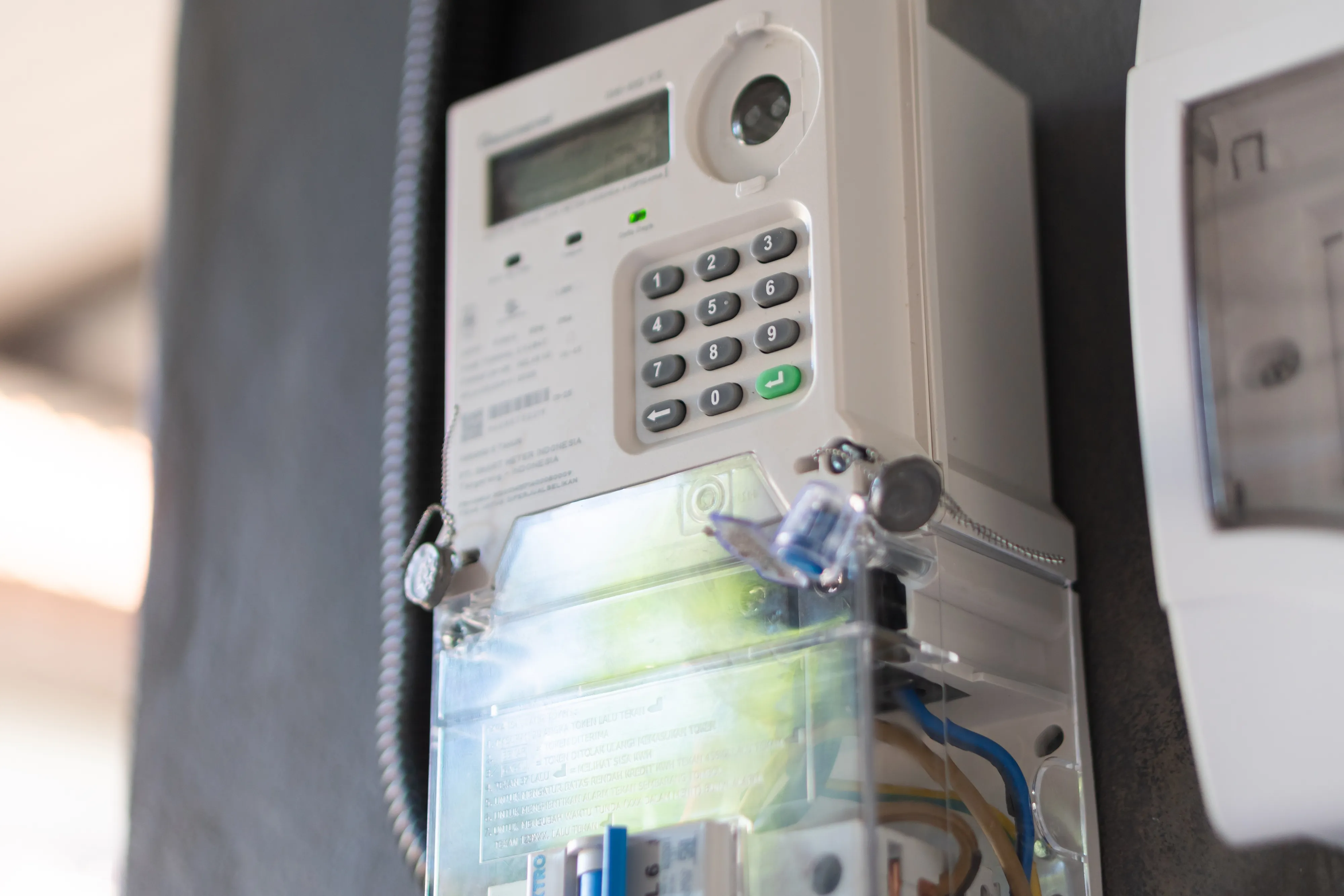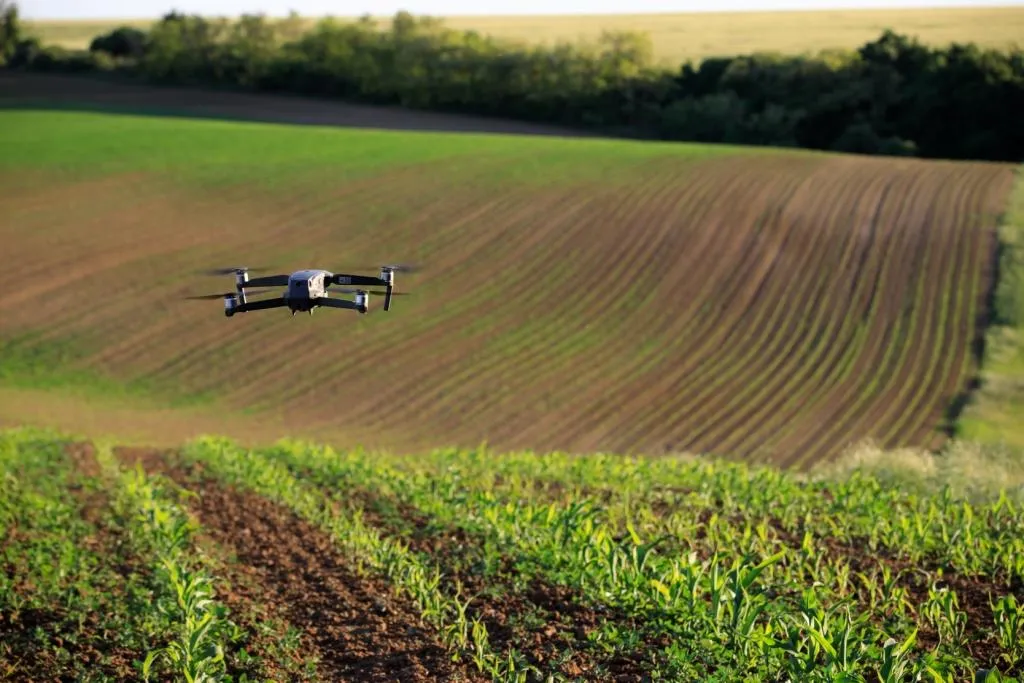Russia Plans to Replace Satellites with Stratospheric Platforms
By 2027, Russia could begin deploying stratospheric platforms to deliver 5G connectivity, positioning the technology as a cheaper and more flexible alternative to satellite constellations like Starlink.

Russia is moving from concept to practice with an ambitious project aimed at creating an alternative to satellite communication systems such as Starlink. Yan Chibisov, head of the Center for Aerospace Technologies at the Advanced Research Foundation, told TASS that deployment of stratospheric platforms for 5G communication could start as early as 2027.
Pilot tests of the new equipment are scheduled for next year. Scientists plan to test 5G hardware on an already developed stratospheric balloon—a high-altitude aerostat capable of remaining in the stratosphere for extended periods.
A key advantage of this Russian development is its dual purpose. On one hand, the stratosphere, with conditions close to outer space, offers an ideal environment for testing space equipment. On the other, the platform itself becomes a functional asset, providing high-quality connectivity to remote and sparsely populated regions.
According to the developers, work is already underway with a major Russian mobile operator interested in building such localized service zones.
The main competitive edge of stratospheric platforms over satellite constellations is their ability to hover continuously over a single location, ensuring permanent coverage. In addition, the solution is far cheaper to deploy and maintain compared with launching and sustaining satellites in orbit.









































